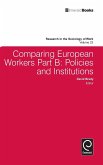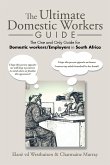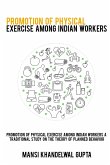Initially upheld as a bastion of success in curbing the spread of COVID-19, Singapore eventually found itself home to the highest number of coronavirus cases in Southeast Asia. Over 90% of its cases in 2020 occurred among the 300,000 migrant construction workers primarily from Bangladesh, India, and China who live as part of a transient population in this city-state. This collection looks beyond the immediacy of heightened concerns surrounding the migrant worker population in the time of the COVID-19 crisis. It gives attention to broader questions of migrant lives and labour in a city-state that has thrived on migration since its beginnings as a colonial entrepôt. Serving as a primer for the general and academic reader interested in developing a richer understanding of the structural conditions of migrant construction work, the book draws together key studies on migrant construction work in Singapore. The chapters in this volume, contributed by a range of academic experts, spotlight the processes of unequal global development, precarious work, and welfare exclusion that have rendered low-waged labour migrants especially vulnerable to the pandemic. They also highlight migrant men's social identities beyond the sphere of work by attending to their experiences and strategies as members of transnational families and social-cultural communities. Accompanying the chapters are short reflections from the authors that not only summarise the findings but also provide updates on the research context in view of the recent situation.








